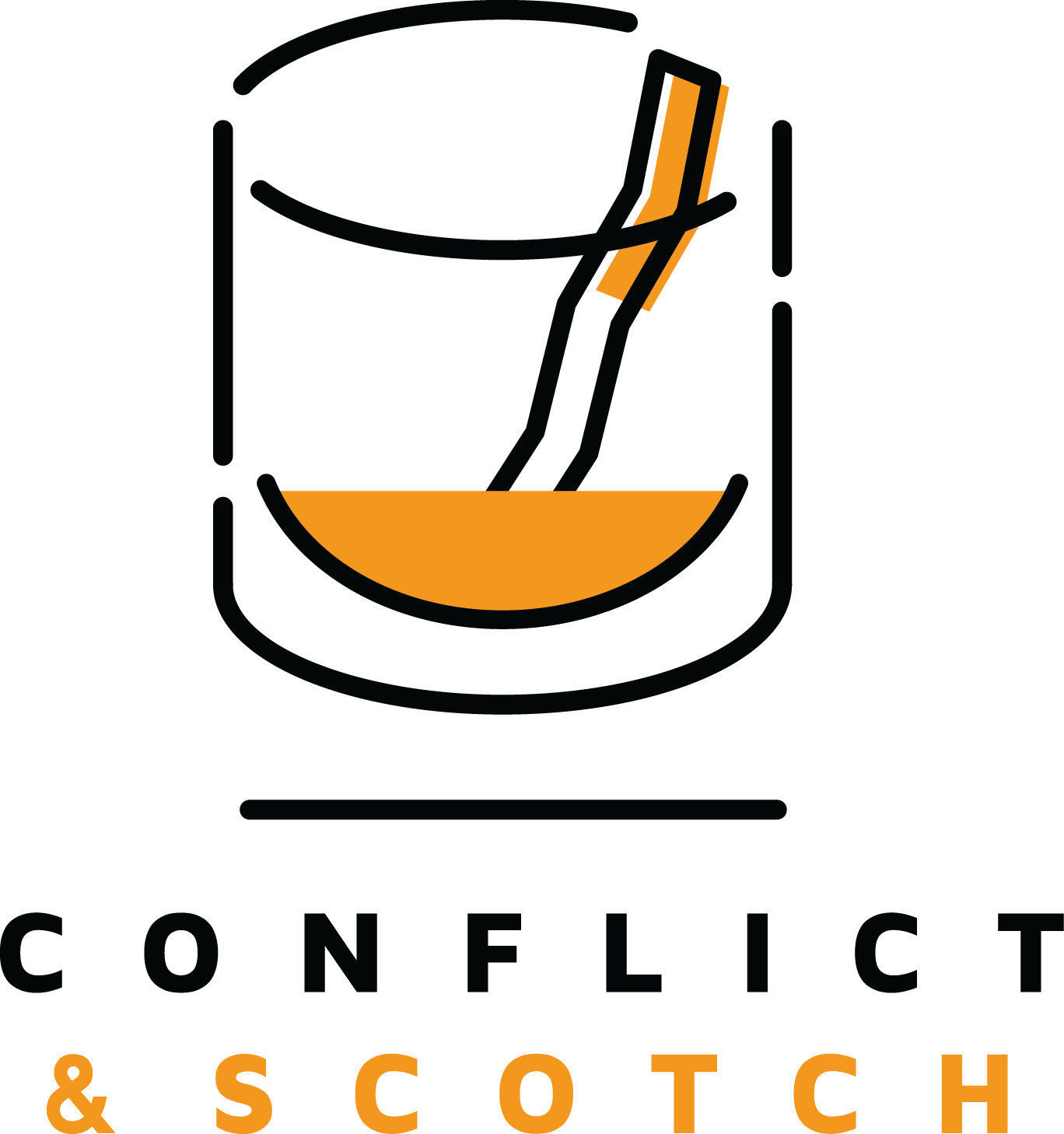Just Wrap Yourself In Plastic And Go
When you think of kids’ sleigh riding, you might picture a Currier & Ives print of children innocently navigating a hill of snow. When we sledded as kids it was down the middle of the street, any street with the biggest hill. But the real adventure would be begin as we neared the end of the ride — there would inevitably be a cross street to worry about. We were low to the ground, shooting out into traffic, trying very hard not to get killed by a car. We lived in the suburbs, not the country; our hills were covered in asphalt. Being young, we had to find places to sled that were within walking distance.
That all changed when we learned how to drive.
With a driver’s license we could now explore outside of our bubble and find the best place to sled. It was then that sledding became a contact sport — you hit the hill and the hill hit back. Our favorite spot was called Telegraph Hill which is behind what was once named the Garden State Arts Center and is now named the PNC Bank Arts Center. (Way to sell-out, New Jersey.)
It was a long way down from the top of that hill and you had to navigate through an army of spruce trees that tried their best to keep you from completing your run. I had seen many friends fly face first into the open arms of a waiting spruce only to appear on the other side with exposed skin scrapped raw and smelling like Christmas.
It was not an even run from top to bottom — the ground rose and fell beneath your body as you sped down the hillside. There were moments where you took flight, only to crash seconds later on the cold, unforgiving ground. That sudden impact with the earth often caused a conventional sled to shatter — there was a broken sled graveyard at the bottom of the hill. Fractured Flexible Flyers littered the ground, their shattered wooden planks, half buried in the snow, formed makeshift headstones for the dreams that died on that hill.
But sometimes more than just sleds were shattered.
With my brother Joe and his friend Tommy we braved the hill on a Toboggan. Sitting with our legs entwined, from front to back, we inched ourselves forward until the front of the Toboggan reached its tipping point, and we were off. With increasing speed we hit the first curve in the ice-packed snow and we were airborne. With amazing force we then hit the ground accompanied by a rousing thud and our own series of curse words as our backs and butts took the brunt of the attack. Within a few seconds this would be repeated, only faster and with louder sounds coming from our bodies and the ground. As we neared the bottom of the hill something horrible happened. With my brother in the front, and me in the back, we flew off the side of the Toboggan to our left. Tommy, unfortunately, with his legs entangled around Joe’s waist, flew off to the right. His knee was twisted, and quickly swelled up to twice its normal size.
With great difficulty we got Tommy to the car — seats down so he could extend his too-painful-to-bend leg — and took him to the hospital. It would be crutches for Tommy for the next few weeks.
The hill had changed the way that we could sled — it was either adapt or die.
For a time after I graduated high school I worked in the warehouse of a company that sold plastic resin and recycled plastic products. Nothing like loading trucks with dozens of boxes of severed baby doll heads and various disenfranchised body parts. What they also sold were rolls and rolls of plastic pool liner material. They were aqua green, navy blue, some with various patterns depicting waves on the ocean. When the winter came I “borrowed” a couple of those rows and headed to the hill.
With box cutter in hand I would shear off body size sheets of the thick, durable plastic and hand them out to my friends. We no longer needed a sled — we were the sled. Blackberry brandy provided both courage and warmth; we would just wrap ourselves up in plastic and go.
Suddenly the hillside was covered in odd, multi-colored oblong shapes that streaked above the snow. Periodically we would take flight, spin in mid-air, land on our backs, shoulders, heads, wherever the hill wanted us to go, we were helpless to object. I would start my run feet first and end up on my stomach, backwards, with my face in the snow. With no sled to protect me from the ground, I felt every rock and bump that the hill had to offer. But we would make it to the bottom with enough energy to run back up to the top and do it all over again.
We had adapted — and we had won.
In time our fascination with the hill faded and we moved on to other things. But every winter I think about sledding on Telegraph Hill with my friends and those disgustingly sweet, thick, sticky bottles of Blackberry Brandy. I know that if I ever tried this today I would end up at the bottom of that hill, alongside the buried Flexible Fliers, looking up at the triumphant hill that eventually beat me.
That’s why I’ll never go back — I’ll never give it that satisfaction.







